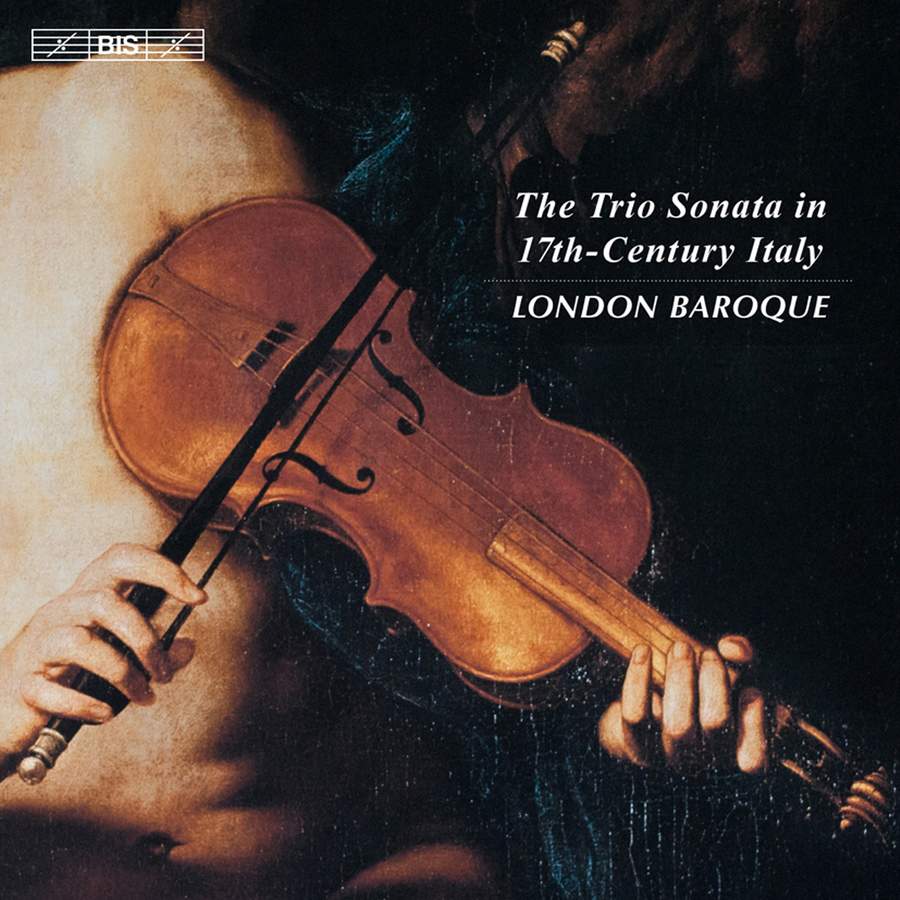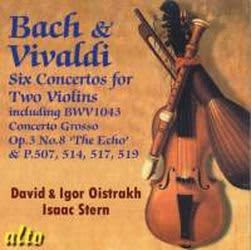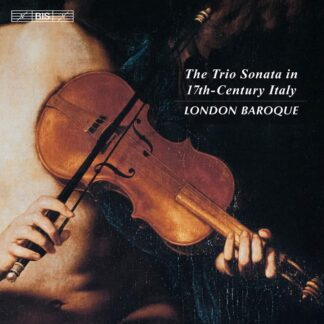Περιγραφή
Καλλιτέχνες
|
In their survey of the trio sonata, the four members of London Baroque have already visited France, England and Germany before arriving at the actual birthplace of the genre – Italy in the 17th century. There the years around 1600 had seen ground-breaking developments in vocal music, such as the seconda prattica characterised by the clear division between a single melodic line and a supporting continuo bass. Now instrumental music was becoming important in its own right, and soon the violin was recognized as the ideal vehicle for a new style which is obvious already in the very first trio sonatas, such as Giovanni Paolo Cima’s Sonata a tre from 1610. The term ‘trio sonata’ is a later expression, and in 17th-century Italy the terms commonly used were ‘Sonata a due’ (two melody instruments plus continuo), and ‘Sonata a tre’ (three melody instruments – usually two soprano and one bass – plus continuo). The form could also vary, from ‘free’ sonatas to sets of variations, chaconnes and passacaglias. From this almost bewildering variety, London Baroque has selected 16 works which chart the development from the origins of the genre to its ‘coming of age’ with Arcangelo Corelli, in the 1680s. Already famous in his own lifetime, when he was one of the most influential composers in all of Europe, Corelli is an exception among the composers featured here: many of his colleagues are all but forgotten today, and little is known about their lives. There are also great gaps in our knowledge about the music itself – for instance regarding the instrumentation (what kind of cello would have been used?) and the use of ornaments. In such uncharted waters, London Baroque provides much-needed and expert guidance, as testified to in a review of their recording of sonatas from 17th-century France on the German website Klassik Heute: ‘Everything that one might possibly wish for in a performance of this music is present here: charm, elegance, eloquence, force, flexibility, fire, intimacy, and most importantly: soul.’ |











